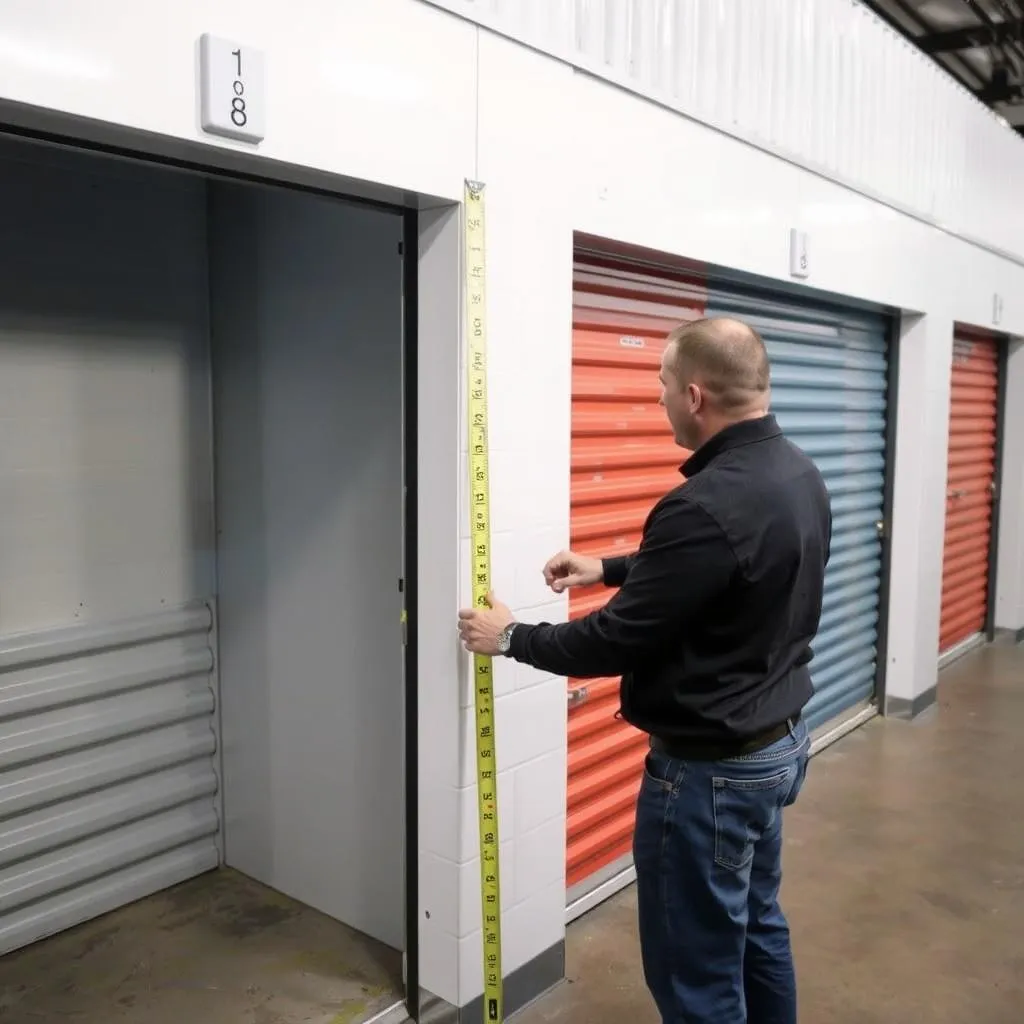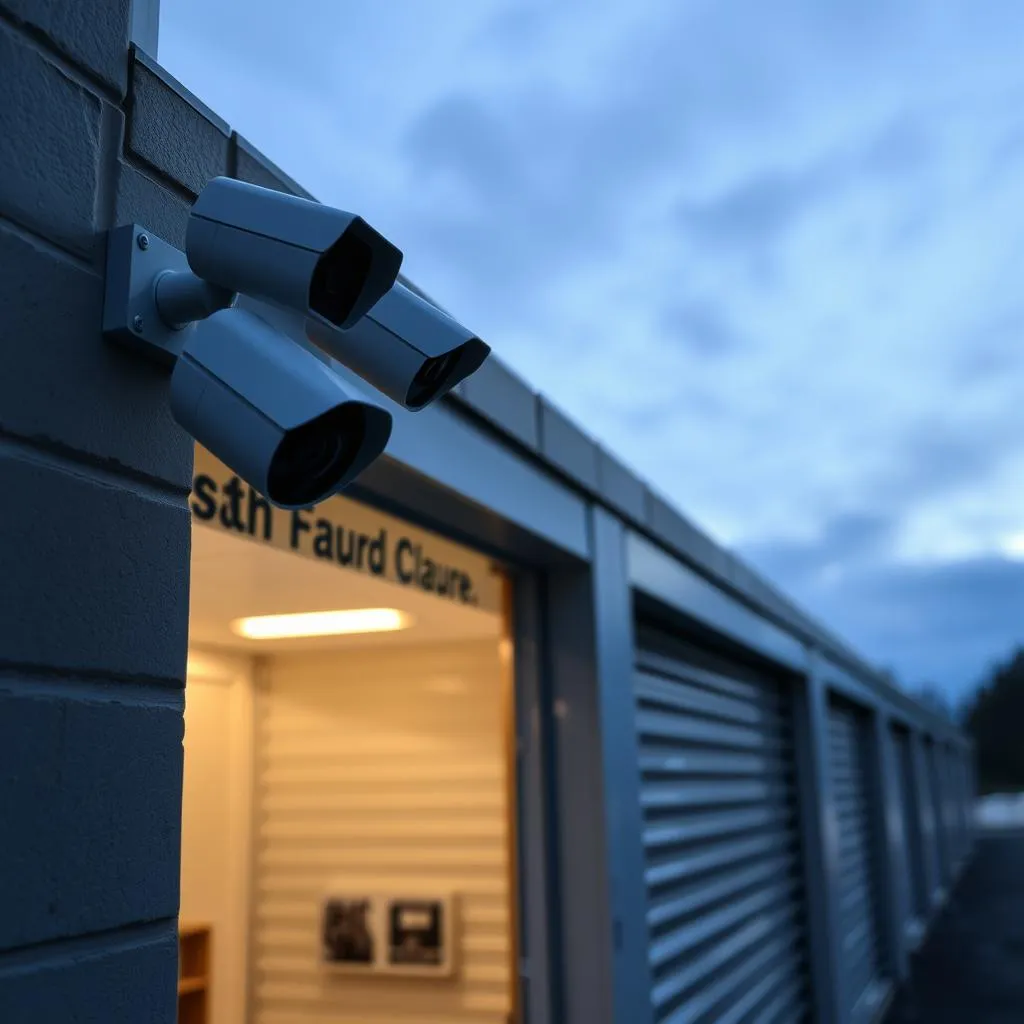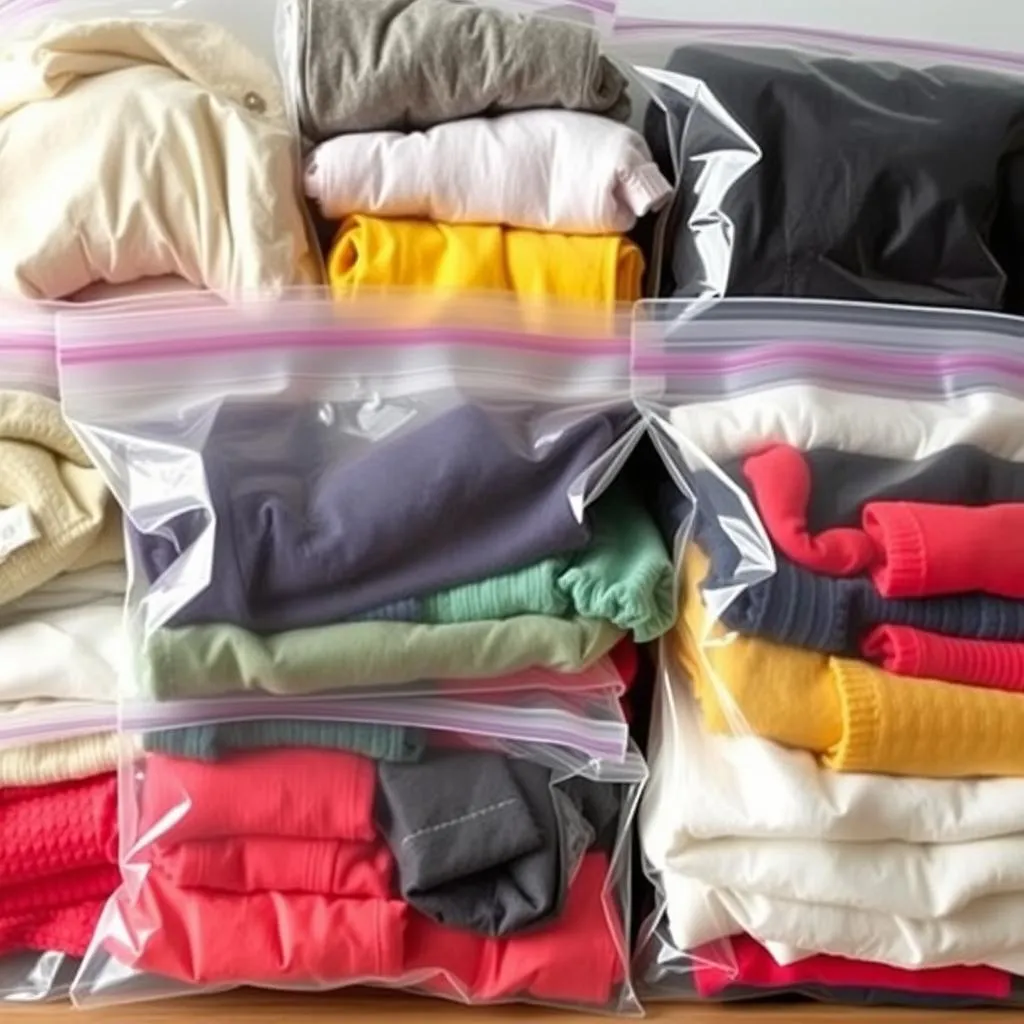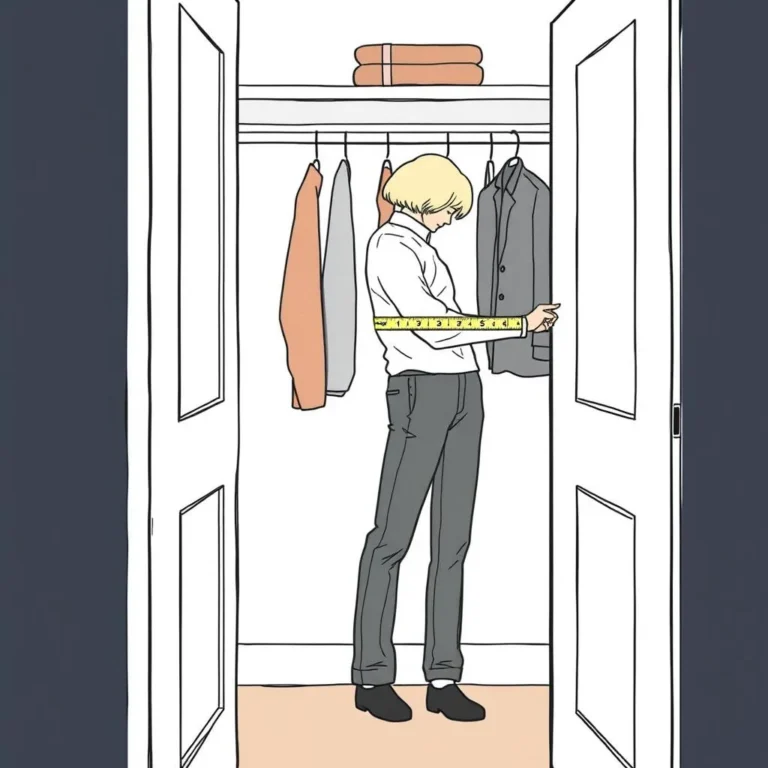Table of Contents
1. Introduction: The Great Clothing Storage Conundrum
2. Choosing the Right Storage Unit
2.1. Size Matters: How Much Space Do You Really Need?
2.2. Climate Control: Protecting Your Precious Garments
2.3. Security First: Protecting Your Investment
3. Prepping Your Clothes for Storage
3.1. The Importance of Cleaning: A Fresh Start
3.2. Repairing Tears and Damage: Prevention is Key
3.3. Proper Folding vs. Rolling: The Great Debate
4. Essential Storage Supplies: Your Arsenal Against Damage
4.1. Acid-Free Boxes and Bags: The Unsung Heroes
4.2. Vacuum-Sealed Bags: Space Savers Extraordinaire
4.3. Cedar Blocks and Sachets: Natural Pest Deterrents
5. Organizing Your Clothes: A Methodical Approach
5.1. Categorizing by Season: Streamlining Your Storage
5.2. Using Dividers and Shelving: Maintaining Order
5.3. Labeling Everything: The Key to Retrieval
6. Storing Different Types of Clothing
6.1. Delicate Fabrics: Special Handling Required
6.2. Bulky Items: Efficient Packing Strategies
6.3. Shoes: Keeping Them Clean and Organized
7. Protecting Your Clothes from Pests and Moisture
7.1. Pest Control: Keeping the Bugs Away
7.2. Moisture Control: Preventing Mildew and Mold
8. Regular Inspections: Maintaining the Integrity of Your Belongings
9. Long-Term Storage Considerations
10. When to Consider Professional Storage Services
11. Saving Money on Storage Costs
12. Ethical and Environmental Considerations
13. Common Mistakes to Avoid
14. Alternatives to Storage Units
15. Conclusion: A Wardrobe in Winter Storage Doesn’t Have to Be a Nightmare
16. FAQs
Best Way to Store Clothes in a Storage Unit
1. Introduction: The Great Clothing Storage Conundrum
Let’s face it: storing clothes in a storage unit can feel like a monumental task. Whether you’re downsizing, moving, or simply need extra space, the thought of packing away your wardrobe can be daunting. But don’t despair! With a little planning and the right approach, storing your clothes can be a smooth, stress-free process. This guide will walk you through the best practices to ensure your garments emerge from storage as fresh and wrinkle-free as the day they went in. We’ll cover everything from choosing the right unit to the best way to organize and protect your clothes, turning a potential headache into a well-organized system.
2. Choosing the Right Storage Unit
Before you even think about packing a single shirt, you need to find the perfect storage unit. This is more than just picking the cheapest option; it’s about protecting your investment.
2.1. Size Matters: How Much Space Do You Really Need?
Don’t underestimate how much space you need. Measure your wardrobe carefully, accounting for boxes, garment bags, and extra space for maneuvering. Better to have a little extra room than to feel cramped and frustrated. Remember to also account for potential future acquisitions. 
2.2. Climate Control: Protecting Your Precious Garments
Climate-controlled storage units are crucial, especially for delicate fabrics and items susceptible to moisture damage. Extreme temperatures and humidity can wreak havoc on your clothes, leading to mildew, mold, and discoloration. Think of it as a mini climate-controlled walk-in closet!
2.3. Security First: Protecting Your Investment
Choose a reputable storage facility with robust security measures. Look for features like 24/7 surveillance, secure access, and well-lit premises. Your clothes are valuable, so make sure they’re safe and secure. 
3. Prepping Your Clothes for Storage
Proper preparation is half the battle. Taking the time to clean and repair your clothes before storing them will save you headaches down the line.
3.1. The Importance of Cleaning: A Fresh Start
Clean clothes are less likely to attract pests and less prone to developing mildew or mold. Wash everything thoroughly, paying attention to labels and using appropriate cleaning methods.
3.2. Repairing Tears and Damage: Prevention is Key
Mend any rips, tears, or loose buttons before storing. Damage can worsen over time, making repairs more difficult and costly later. A little preventative maintenance now can save you a lot of trouble in the future.
3.3. Proper Folding vs. Rolling: The Great Debate
Both folding and rolling have their merits. Folding is great for delicate items and suits, while rolling saves space and minimizes wrinkles for less delicate materials. Experiment and see what works best for your wardrobe. It’s often a mix-and-match solution.
4. Essential Storage Supplies: Your Arsenal Against Damage
The right supplies are essential for protecting your clothes. Investing in quality materials will safeguard your garments from damage.
4.1. Acid-Free Boxes and Bags: The Unsung Heroes
Acid-free boxes and bags are crucial for preventing discoloration and yellowing of fabrics, especially those made of delicate materials like linen or silk. Think of them as specialized containers designed for long-term preservation.
4.2. Vacuum-Sealed Bags: Space Savers Extraordinaire
Vacuum-sealed bags are incredible space savers, compressing bulky items like sweaters and blankets to minimize the amount of storage space needed. They also protect clothing from dust and moisture. 
4.3. Cedar Blocks and Sachets: Natural Pest Deterrents
Cedar is a natural pest repellent. Placing cedar blocks or sachets in your storage boxes will help keep moths and other insects at bay, protecting your precious garments.
5. Organizing Your Clothes: A Methodical Approach
Organization is key to efficient storage and easy retrieval. A well-organized storage unit will save you time and frustration in the long run.
5.1. Categorizing by Season: Streamlining Your Storage
Organize your clothes by season – winter clothes in one area, summer clothes in another. This makes it easier to locate what you need when you need it.
5.2. Using Dividers and Shelving: Maintaining Order
Dividers and shelving maximize space and keep your clothes neatly organized within boxes. Think of them as internal organizers for your storage unit.
5.3. Labeling Everything: The Key to Retrieval
Clearly label every box and bag with its contents. This will make it incredibly easy to find what you’re looking for without having to unpack everything. 
6. Storing Different Types of Clothing
Different types of clothing require different handling to prevent damage.
6.1. Delicate Fabrics: Special Handling Required
Delicate fabrics like silk, lace, and cashmere need extra care. Store these in acid-free garment bags to prevent snags and tears.
6.2. Bulky Items: Efficient Packing Strategies
Bulky items like coats, blankets, and comforters can take up a lot of space. Use vacuum-sealed bags to compress them, saving valuable storage space.
6.3. Shoes: Keeping Them Clean and Organized
Store shoes in shoe boxes or bags to protect them from dust and damage. Keep them organized so they are easy to find.
7. Protecting Your Clothes from Pests and Moisture
Preventing pest infestations and moisture damage is vital for maintaining the quality of your clothes.
7.1. Pest Control: Keeping the Bugs Away
In addition to cedar, consider using mothballs (although they have a strong smell) or other pest-repellent products. Regular inspections can help you catch any infestations early.
7.2. Moisture Control: Preventing Mildew and Mold
Place silica gel packets in storage boxes to absorb excess moisture. Ensure good air circulation in your storage unit to prevent mold growth. 
8. Regular Inspections: Maintaining the Integrity of Your Belongings
Periodic inspections are crucial. Check your stored items every few months to ensure everything is dry, pest-free, and undamaged. This proactive approach can save you from significant losses later.
9. Long-Term Storage Considerations
If you plan on storing your clothes for a long period, take extra precautions. Consider using archival-quality materials and sealing boxes tightly to keep out moisture and pests.
10. When to Consider Professional Storage Services
If you’re overwhelmed by the task or have an unusually large wardrobe, consider hiring professional packing and storage services. They have the expertise and resources to handle the process efficiently and safely.
11. Saving Money on Storage Costs
Shop around for the best rates, consider off-season storage, and only store what you truly need.
12. Ethical and Environmental Considerations
Consider donating or recycling unwanted clothes instead of storing them. Choose sustainable storage materials whenever possible.
13. Common Mistakes to Avoid
Avoid storing dirty clothes, using inappropriate containers, and neglecting regular inspections.
14. Alternatives to Storage Units
Explore other options like renting a self-storage unit, or using a portion of your home if possible.
15. Conclusion: A Wardrobe in Winter Storage Doesn’t Have to Be a Nightmare
Storing clothes in a storage unit doesn’t have to be a stressful experience. By following these tips, you can safeguard your wardrobe and retrieve it fresh and ready to wear. Remember, proper planning, organization, and the right supplies are your allies in this endeavor.
16. FAQs
Q1: How long can I safely store clothes in a storage unit?
A1: You can safely store clothes for many years with proper preparation and maintenance. However, regular inspections are crucial to catch any issues early.
Q2: What is the best way to store winter coats?
A2: Clean the coats thoroughly before storing. Use large, acid-free garment bags or breathable boxes. Consider using a vacuum-sealed bag to save space.
Q3: How can I prevent mold and mildew in my storage unit?
A3: Choose a climate-controlled unit, use silica gel packets to absorb moisture, and ensure good air circulation. Regularly inspect your items for signs of moisture damage.
Q4: Are mothballs harmful to clothes?
A4: Mothballs contain chemicals that can damage delicate fabrics over time and leave a strong, persistent odor. Consider natural alternatives such as cedar blocks or sachets.
Q5: What should I do if I find pests in my stored clothes?
A5: Immediately remove the affected items and clean them thoroughly. Contact your storage facility to report the infestation and take steps to prevent future infestations. Consider professional pest control services if needed.






